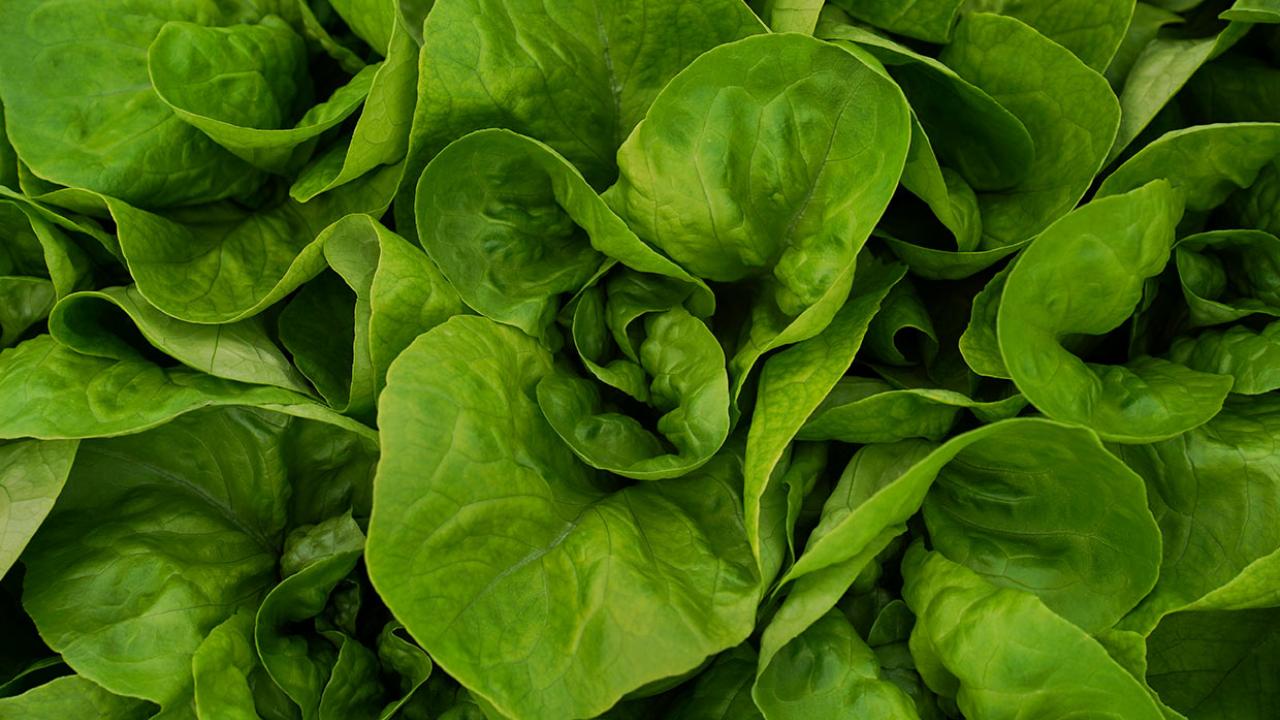Aquaculture (also known as farmed seafood) is vital for supporting seafood production, jobs, rebuilding protected species and habitats, and enhancing coastal resilience. Aquaculture is the breeding, nurturing, and harvesting of fish, shellfish, plants, and other aquatic organisms. It supports seafood production and helps rebuild protected species and habitats. Aquaculture is present along coasts, in oceans, and in inland tanks and ponds in the US.
Aquaculture is an efficient way to produce protein and has helped improve nutrition and food security in many parts of the world. More than 50 percent of all seafood consumed by humans is farmed, and that percentage will continue to rise, according to the UN Food and Agriculture Organization. More than 500 aquatic species are being farmed across the world.
Aquaculture is present along coasts, in oceans, and in inland tanks and ponds in the US. More than 500 aquatic species are being farmed across the world.
Aquaculture is practiced by both some of the poorest farmers in developing countries and by multinational companies.
Eating fish is traditionally significant to people of many cultures. In terms of health benefits, it has an excellent nutritional profile. It is a good source of protein, fatty acids, vitamins, minerals, and essential micronutrients.

Aquatic plants such as seaweed are also an important resource for aquaculture as they provide nutrition, livelihood, and other important industrial uses.
Eighty percent of current aquaculture production is derived from animals low in the food chain such as herbivorous fish and mollusks.
Based on its dynamic performance over the last 30 years, and with fairly stable catches from capture fisheries, it is likely the future growth of the fisheries sector will come mainly from aquaculture.
Aquaculture vs Aquaponics

What is aquaponics?
Aquaponics is the management of a complete ecosystem that includes three major groups of organisms: fish, plants, and bacteria.
Aquaponics integrates recirculating aquaculture and hydroponics into one system. An aquaponics system incorporates water from a fish tank as it cycles through filters and plant grow beds, which then cycles back to the fish.
Fish excrete ammonia as waste. In aquaponics, the ammonia and other fish waste are removed from the water, first using a mechanical filter that removes the solid waste and then through a biofilter that processes the dissolved wastes.
The biofilter acts as a facilitator for a process known as nitrification, which provides a location for bacteria to convert excess ammonia, which is toxic for fish, into nitrate, a more accessible nutrient for plants. As the nitrate- and nutrient-rich water travels through plant grow beds the plants absorb the nutrients, and finally, purified water returns to the fish tank.
This process allows flora and fauna to thrive symbiotically and work together to create an enclosed biome for each other, provided the system is properly balanced.
In aquaponics, aquaculture waste is diverted through plant beds and not released into the environment, while at the same time the nutrients for the plants are supplied from a sustainable, cost-effective, and non-chemical source.
Why is aquaponics important?
Aquaponics can be more productive and economically feasible in certain situations, especially where land and water are limited. However, aquaponics is complicated and requires substantial start-up costs. The increased production must compensate for the higher investment costs needed to integrate the two systems.
Related Stories

Closing the loop on sustainable aquaculture
Tsar Nicoulai is the first caviar farm in the world to produce food in an aquaponics system, which is a complete ecosystem that includes growing fish, plants and bacteria.